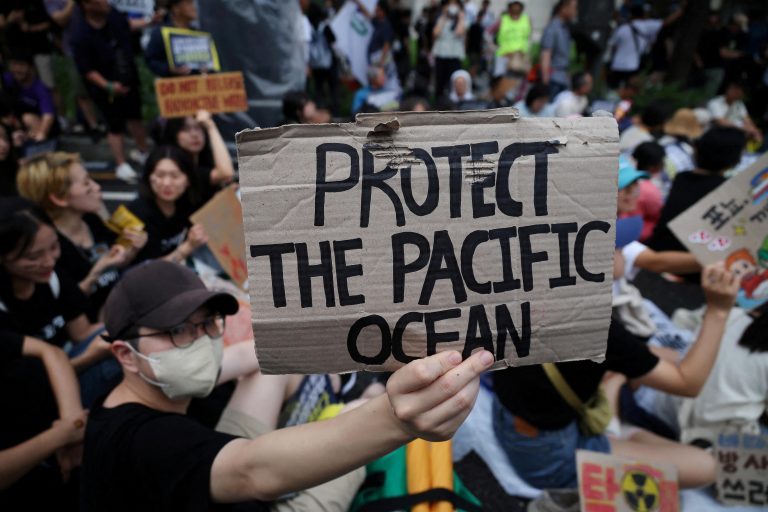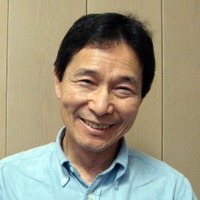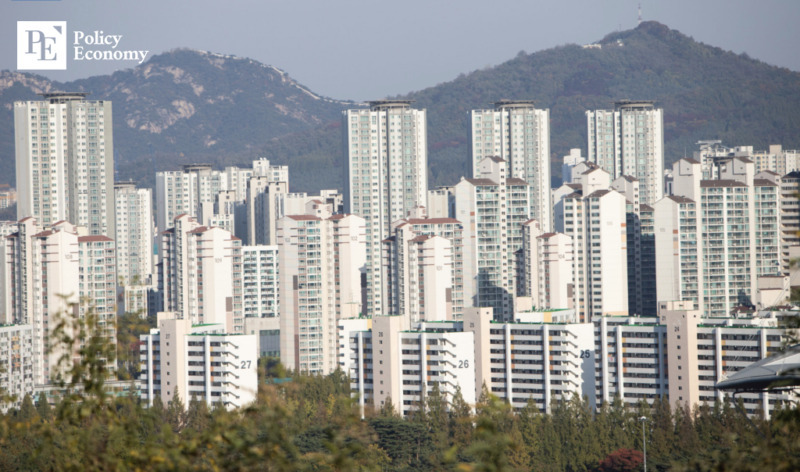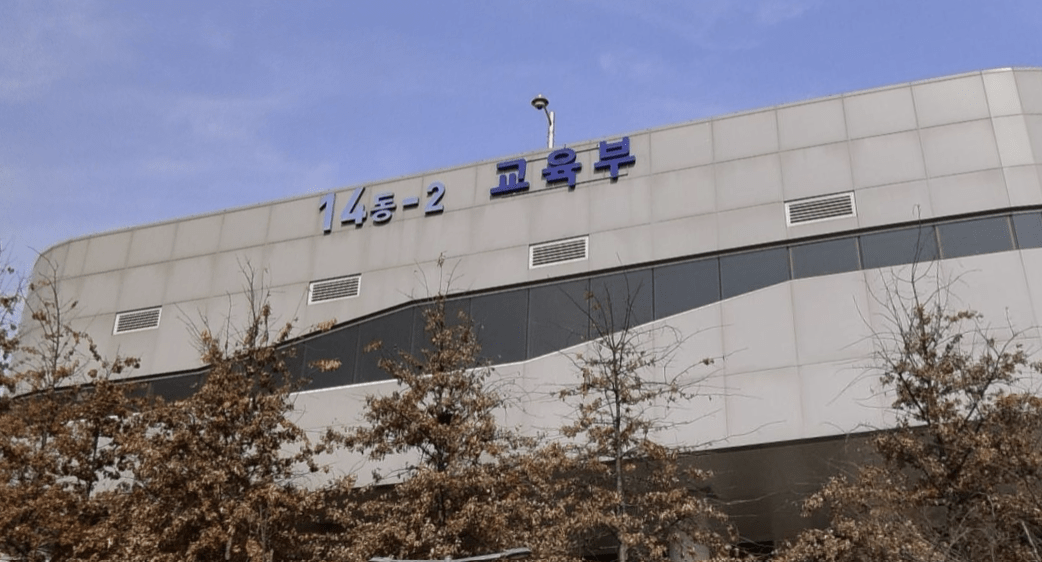[동아시아포럼] 日 오염수 방류 결정, 대중의 비난 극복할 수 있을까
정상원전 냉각수와 달리 노심에 직접 접촉 ALPS 정화처리에도 트리튬 제거되지 않아 韓·中 등 주변국들 “오염수 방류 무책임해”
[동아시아포럼]은 EAST ASIA FORUM에서 전하는 동아시아 정책 동향을 담았습니다. EAST ASIA FORUM은 오스트레일리아 국립대학교(Australia National University) 크로퍼드 공공정책대학(Crawford School of Public Policy) 산하의 공공정책과 관련된 정치, 경제, 비즈니스, 법률, 안보, 국제관계에 대한 연구·분석 플랫폼입니다.
2011년 후쿠시마 다이이치 원자력 발전소 사고가 발생한 이후, 원전 내부에서는 매일 방사능 오염수가 발생하고 있다. 하지만 원전 사고 이후 일본의 대중들은 여전히 원전의 위험성보다는 고용과 같은 사회적 현안에 대해 더 많은 관심과 우려를 나타냈다. 일본 정부는 원전의 안전성 논란이 대중의 관심으로부터 멀어지자 지난 2021년 4월 오염수를 태평양에 방류하기로 결정했다.

IAEA, 日 오염수에 대한 안전성 평가보고서 발표
이번에 발표한 오염수 방류 계획은 기시다 내각의 원전 확대 정책의 일환으로, 일본은 지난 2021년부터 국제원자력기구(IAEA)에 다이이치 원전 오염수에 대한 안전성 평가를 받고 있다.
지난달 4일 라파엘 그로시(Rafael Grossi) IAEA 사무총장은 기시다 총리와 만나 오염수의 안전성 등을 검토한 최종 보고서를 전달했다. 지난달 15일에는 일본의 원자력규제위원회(NRA)가 발전소의 운영사인 도쿄전력(TEPCO)에 다이이치 발전소의 방류 관련 시설에 이상이 없음을 명시한 증명서를 발급했고, 일본 정부는 방류 계획을 진행하기로 결정했다.
일본 정부와 TEPCO는 다핵종 제거 설비(ALPS·알프스) 등을 활용해 세슘을 비롯한 방사성 물질 62종을 제거한 정화수를 ‘처리수(Treated Water)’라 부르고 있다. 하지만 이들이 처리수라 부르는 물은 실상 수소의 방사능 동위원소인 트리튬(삼중수소)으로 오염된 상태다. 트리튬은 물과 거의 동일한 특성을 가지고 있어 ALPS를 통해 제거할 수 없다.
이에 대해 TEPCO는 “원전 처리수의 해양 방류는 전 세계 원전이 냉각수를 사용할 때 일반적으로 적용되는 방식”이라고 주장하고 있다. 하지만 다이이치 원전의 처리수는 2011년 원전 사고로 녹아내린 원자로에 주입해 노심과 연료의 잔해에 직접 접촉해 발생한 오염수로 정상 원전이 냉각용으로 사용한 물과는 다른 데다 비록 농도가 높지는 않지만 트리튬 외에도 여러 방사능 물질이 포함돼 있다.
日 방류 결정에 美·EU·韓·中 주요국 반응 엇갈려
오염수의 해양 방류는 주기적인 모니터링을 통해 잠재적인 위험 요인을 최소화하기 위한 관리 시스템이 필요하다. 하지만 다이이치 원전은 사고 이후에도 제대로 된 관리시스템을 마련하지 않은 채 노심을 냉각하기 위해 물을 주입함으로써 오염수를 생성해 왔다. 알려진 바에 따르면 현재까지 오염수가 가득찬 탱크는 1,000여 개가 넘는다. 그럼에도 TEPCO는 이 물이 안전하다고 주장하면서 앞으로 30년 동안 점진적으로 태평양에 방류하겠다고 밝혔다. 이와 관련해 IAEA는 후쿠시마 현지에 사무소를 설치해 방류가 완료될 때까지 안전성 평가와 검증을 계속하겠다고 강조했다. NRA도 TEPCO를 모니터링하고 관리하는 역할을 수행할 예정이다.
일본 정부의 방류 결정에 대해 주요국의 반응도 엇갈리고 있다. 미국 국무부는 IAEA 보고서 발표 이후 “후쿠시마 원전 처리수는 국제 배출 기준에 부합한다”며 “일본 정부의 방류 계획은 안전하다”는 입장을 나타냈다. 유럽연합(EU)도 “원전 사고 이후 시행됐던 일본 식품의 수입 제한을 해제하기로 합의했다”며 “원전 처리수의 방류가 인체와 환경에 미치는 영향은 무시할 수 있는 수준”이라고 밝혔다.
반면 일본과 인접한 주변국들은 크게 우려하고 있다. 중국 외교부는 일본 정부의 결정에 대해 “매우 무책임하다”고 비판하면서 “IAEA 보고서를 오염수의 해양 뱡류를 승인하는 통행증으로 간주해서는 안 된다”고 강조했다. 중국 검역 당국도 원전 사고가 발생한 후쿠시마현을 포함해 일본 10개 현에서 생산된 식품·식용농산품·사료에 대한 수입 금지 조치를 유지했다. 한국의 언론들과 야당 의원들도 다이이치의 원전 처리수를 ‘오염수’로 정의하면서 방류 계획에 강력히 반대했고 해양수산부도 일본 8개 현에서 생산된 해산물에 대한 수입 금지 조치를 유지했다.
후쿠시마 어업협회도 오염수 방류 결정에 반대
8년 전 일본 정부와 TEPCO는 후쿠시마현 어업협회와의 협의 없이는 오염수를 처분하지 않겠다고 약속한 바 있다. 그러나 일본 정부는 이를 어기고 독단적으로 방류 결정을 내렸다. 현재 후쿠시마현의 어업계 대표자들은 오염수가 해산물과 관련 제품에 대한 평판을 훼손할 가능성이 있다고 우려하면서 오염수의 방류 반대에 목소리를 높이고 있다.
일본 정부는 국제사회의 일원으로 책임을 다하기 위해 어업협회와의 약속대로 오염수 방류 결정의 철회를 검토해야 한다. 방류를 추진하더라도 먼저 일본 국민과 주변국에게 그 계획과 절차를 신중하게 전달하고 논의할 필요가 있다.
원전과 같은 대형 이슈의 경우 과학적인 예측에는 한계가 있기 때문에 위험 요인들에 대한 기술적인 검토보다는 정치적, 사회적으로 평가받고 결정되는 사례가 많다. 현재 일본 정부는 IAEA와 NRA에 정치적인 결정을 위임하면서 국내외 비난은 외면하고 있다. 하지만 이제라도 반대 여론을 회피하는 것에서 벗어나 명확한 해결책을 제시함으로써 우려를 해소해야 한다. 기시다 내각은 주변국과 이해관계자 모두에게 이익을 가져다줄 수 있는 방안을 모색해야 하며, TEPCO는 국내외 우려를 완화하고 상호 이해를 구축할 수 있도록 신뢰할 만한 방류 계획을 마련해야 할 것이다.
Can Japan’s wastewater release plan stand up to public scrutiny?
After the 2011 Fukushima Daiichi nuclear power plant accident, radioactive water has been generated daily inside the plant. But even after the disaster, voters were still less concerned about nuclear energy than other major issues such as employment. In April 2021, as public concern around nuclear energy was limited, the Japanese government decided to release the treated water into the ocean when it was deemed safe to do so.

The Kishida administration is returning to its policy of promoting nuclear power and the ocean release plan appears to be part of that strategy. Since 2021, at the request of the Japanese government, the International Atomic Energy Agency (IAEA) has been conducting safety assessments on the plan to dilute the accumulated treated water at the Fukushima Daiichi plant. In July 2023, the IAEA published a final report stating that ‘the proposed plan complies with international safety standards’. IAEA Director-General Rafael Grossi met with Prime Minister Fumio Kishida on 4 July to report that the ocean release plan was a viable option.
Japan’s Nuclear Regulation Authority (NRA) also granted Tokyo Electric Power Company (TEPCO) a certificate of completion for pre-use inspections, stating that there were no issues with the release-related facilities. With the approval of these agencies, the government is now expected to make the final decision to proceed with the scheduled release.
Both the government and TEPCO use the term ‘treated water’ to refer to water contaminated with tritium, a radioactive isotope of hydrogen. This isotype cannot be removed because it shares almost the same properties as ordinary water. TEPCO has insisted that releasing the treated water into the ocean is a normal part of nuclear plant operations around the world. But the Fukushima Daiichi water that was directly injected into damaged reactors and contaminated with fuel debris is different from the water normally used for cooling nuclear plants. The treated water also contains many other radioactive substances, albeit in low concentrations.
The implementation of the ocean release plan requires management to regularly monitor progress and reduce variance. Since the earthquake, Tokyo Electric Power Company has been continuously pumping water to cool the fuel rods at the Fukushima Daiichi Nuclear Power Plant. As a result, contaminated water is generated daily at the plant and stored in large tanks.
So far, over 1000 tanks have become full. Japan has explained that this measure is not a sustainable long-term solution. Tokyo Electric Power Company plans to gradually release this water into the Pacific Ocean over the next 30 years and asserts that the water is safe.
The IAEA will establish an office at the site and continue verification until the discharge is completed, but the NRA will also have an essential role in monitoring and guiding TEPCO.
The responses of various countries and other stakeholders to the ocean release are divided. Following the release of the IAEA report, the US State Department welcomed the IAEA assessment by noting that ‘Japan’s plans to release treated water from the Fukushima Daiichi nuclear site are safe and consistent with internationally accepted nuclear safety standards’. On 13 July, the European Union agreed to remove restrictions on Japanese food imports, noting that the ocean release will have ‘a negligible radiological impact on people and the environment’.
But unsurprisingly, concerns from neighbouring countries are growing. On 7 July, China’s customs department announced a ban on the import of food products from ten Japanese prefectures. The Chinese Ministry of Foreign Affairs criticised the Japanese government’s decision as ‘extremely irresponsible’ and stressed that the IAEA review was not an endorsement but merely indicated that the ocean release ‘was in line with the standards’.
South Korean opposition lawmakers and media also strongly oppose the plan, referring to the water as ‘contaminated’. The South Korean government continues to ban the import of seafood products from eight prefectures in Japan.
Eight years ago, the Japanese government and TEPCO promised the Fukushima Prefectural Federation of Fisheries that they would not take any action to dispose of treated water without stakeholders’ support. Fishing industry representatives, fearing reputational damage, still oppose the discharge.
For public accountability, the ocean release should not proceed as planned. The Japanese government should first carefully communicate its efforts to both domestic and international audiences. Given the limits of scientific prediction for large-scale nuclear energy projects, regulators will inevitably be involved in political decisions, as technology-induced risks are increasingly subject to social and political scrutiny.
At present, the Japanese government is continuing to avoid blame for its unpopular actions and has delegated the task of making politically costly choices to the IAEA and the NRA. Japan could instead manage social concerns by providing clear solutions. The Kishida cabinet must coordinate an accountability structure among stakeholders and fulfil its ultimate political responsibility in pursuing the collective goal of nuclear safety.
This coordination would require the Kishida administration to go beyond simply avoiding conflict and cooperate on solutions that can benefit all the organisations involved. To proceed with the ocean release, the Japanese government must address the remaining domestic and international concerns through adequate dialogue and ensure that the discharge procedure is carried out reliably with a well-communicated risk management plan. The government and TEPCO must strive for greater transparency to allay concerns and gain understanding.
원문의 저자인 야스오 타카오(Yasuo Takao)는 컬틴대학 미디어예술·사회조사 학부(The School of Media, Creative Arts and Social Inquiry at Curtin University)의 수석연구원입니다.




























